Disclosure: This article contains affiliate links. We may earn a commission from purchases at no extra cost to you, which helps our travel content.
When I relocated from Oklahoma to Perth five years ago, I never imagined I'd become something of an authority on Australian coastal adventures. Yet here I am, having just completed my fourth diving expedition to the Great Barrier Reef—arguably Australia's most magnificent natural wonder. This UNESCO World Heritage site spans over 2,300 kilometers and houses more marine diversity than I could have fathomed in my previous landlocked life. If you're planning a couples getaway with some underwater exploration, let me share what I've learned about navigating Cairns as your gateway to this underwater paradise.
Selecting the Right Tour Operator: Value vs. Experience
After four visits to Cairns, I've learned that not all reef tours are created equal—nor should they be. The range of operations caters to different experience levels and priorities. For intermediate divers like myself, I've found the sweet spot lies with mid-sized operators that balance personalized attention with reasonable pricing.
Passions of Paradise and Divers Den have consistently delivered excellent experiences without the premium pricing of luxury operators. Both maintain smaller group sizes (typically 6-8 divers per instructor) and visit less crowded outer reef locations. On my last trip, I opted for Divers Den's 3-day package which included nine dives across various sites for approximately AUD $700—a remarkably good value considering the quality of the dive sites and equipment provided.
For those requiring gear, most operators offer quality rental equipment, but I've found investing in your own dive computer pays dividends in both safety and convenience. Mine has accompanied me from the Great Barrier Reef to diving spots in Wellington and Dubai, proving to be one of my wisest travel investments.
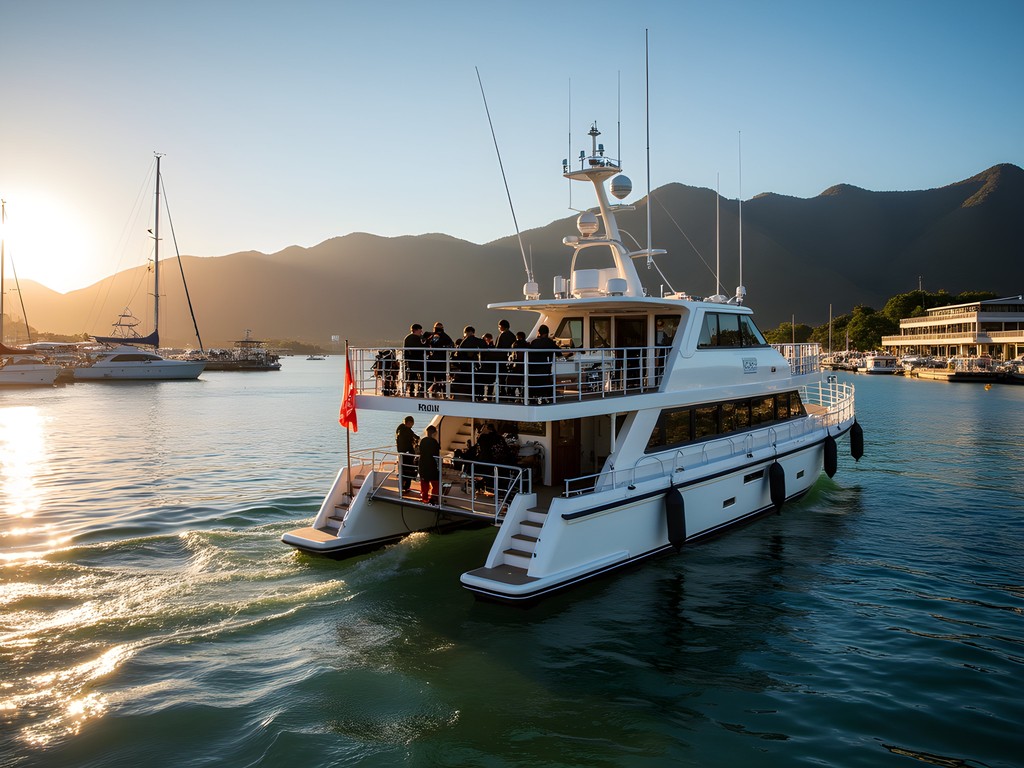
💡 Pro Tips
- Book multi-day packages for better value—the per-dive cost drops significantly
- Request outer reef sites like Flynn or Milln Reef for better coral and marine life
- Consider small-group operators (max 20-30 passengers) for more personalized attention
Outer Reef vs. Inner Reef: Where to Allocate Your Dive Time
One of the most consequential decisions you'll make is choosing between the more accessible inner reef sites and the further-flung outer reef locations. After extensive exploration of both, I can confidently say: prioritize the outer reef whenever possible.
The inner reef sites (like Green Island) certainly offer convenience—they're typically 45-60 minutes from shore compared to the 90+ minutes to reach outer sites. However, the difference in marine biodiversity and coral health is substantial. The outer reef experiences less tourism pressure and benefits from cleaner, clearer oceanic waters.
My favorite outer reef sites include Flynn Reef, Milln Reef, and Norman Reef. These locations consistently deliver visibility exceeding 15-20 meters and showcase healthier coral systems. During my April visit to Flynn Reef, we encountered a small pod of minke whales—an experience that simply wouldn't happen at inner reef locations.
If your schedule allows, I highly recommend overnight reef trips which enable early morning and night dives when marine activity peaks. The cost difference is justified by the superior experience and increased dive opportunities.
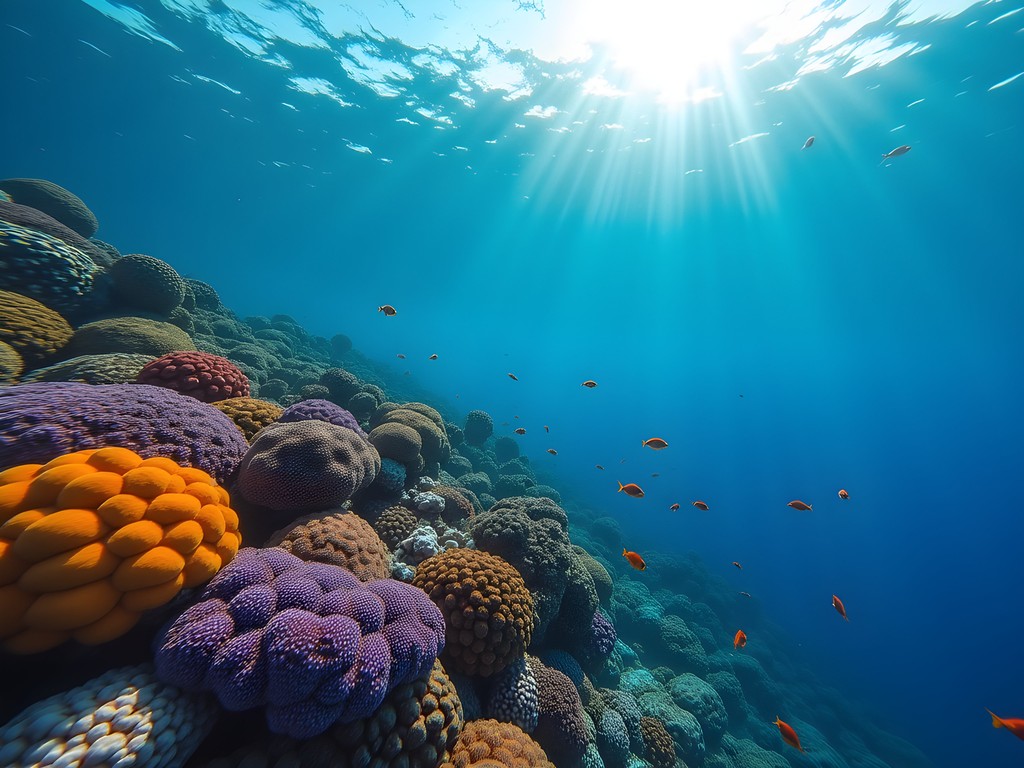
💡 Pro Tips
- Opt for vessels that visit multiple outer reef sites rather than just one location
- If you're prone to seasickness, take medication before departure—the journey to outer reefs can be choppy
- Pack a waterproof dry bag for your valuables—most boats have limited secure storage
Essential Gear: What's Worth Bringing vs. Renting
As someone who's transitioned from a complete diving novice to a moderately experienced underwater explorer, I've developed strong opinions about dive gear investments. While rental equipment in Cairns is generally high-quality, certain personal items significantly enhance the experience.
First and foremost, invest in a proper full-face snorkel mask for surface intervals. The traditional mask/snorkel combination provided by tour operators often leaks and limits your field of vision. A quality full-face mask transforms snorkeling from an awkward necessity to a genuinely enjoyable experience between dives.
Second, consider bringing your own dive gloves. While touching coral is strictly prohibited (and rightly so), accidental contact with boat ladders or equipment happens, and the protection is valuable. Mine have prevented numerous minor injuries over the years.
Finally, a good underwater action camera is indispensable. The reef's colors are most vibrant at depths of 5-10 meters—precisely where natural light still penetrates but where colors begin shifting without artificial light. Having a camera rated for these depths with automatic color correction has captured memories that standard waterproof cameras simply cannot match.
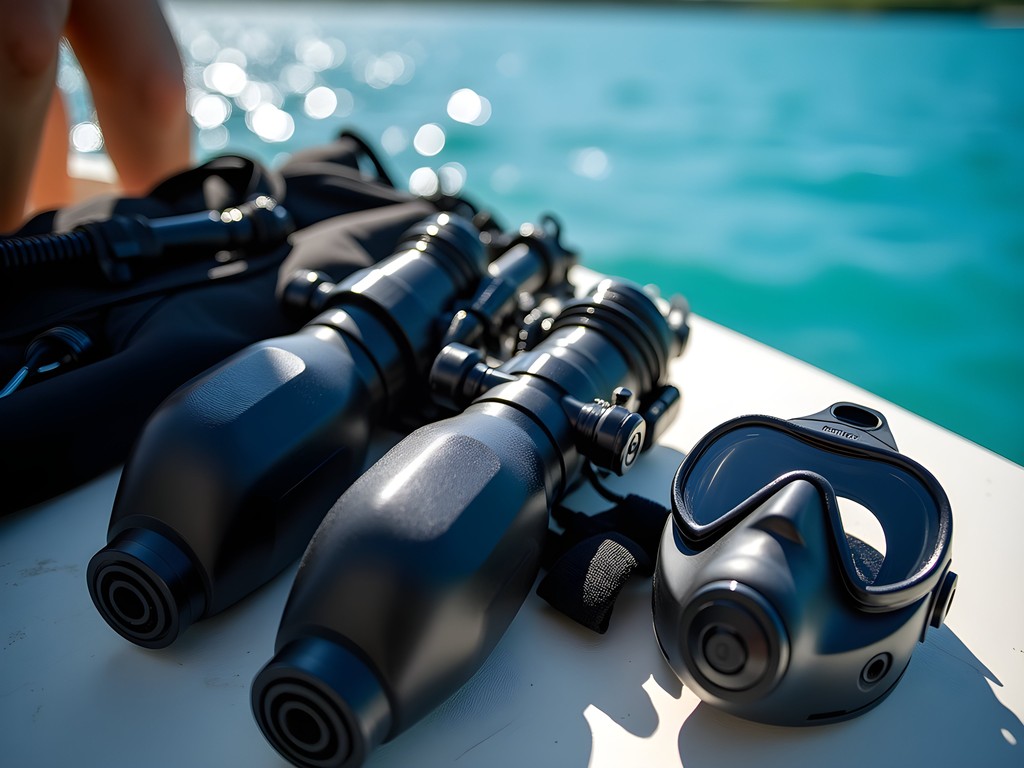
💡 Pro Tips
- Bring your own mask if you wear prescription glasses—most operators offer limited optical mask options
- Pack a lightweight, quick-dry towel—boat-provided towels are often small and thin
- Consider renting a 3mm wetsuit even in summer—multiple dives can lead to temperature drops
Beyond Diving: Complementary Reef Experiences
While scuba diving offers the most immersive reef experience, several complementary activities enhance your Great Barrier Reef adventure. Even on my fourth visit, I discovered new perspectives worth exploring.
For those seeking a unique vantage point, I highly recommend the helicopter tours departing directly from the Cairns marina. During my last visit, I splurged on a 30-minute scenic flight (approximately AUD $229) that revealed the reef's massive scale and distinctive formations in a way boat travel never could. The aerial perspective of the iconic Heart Reef and neighboring blue holes provided context to my underwater explorations.
For non-divers or between dive days, consider the glass-bottom boat tours and semi-submersible vessels available from most operators. These options provide excellent reef viewing without getting wet. On my first Cairns visit, before I was certified, these alternatives gave me a taste of the underwater world that ultimately inspired me to pursue certification.
Finally, the Cairns Aquarium offers an excellent educational complement to wild reef experiences. Their "Reef by Night" tour showcases nocturnal marine behavior that most visitors never witness and provides scientific context that enhances subsequent dive experiences.

💡 Pro Tips
- Book helicopter tours early in your trip—they're weather-dependent and frequently rescheduled
- Consider visiting the reef museum in Townsville if you're interested in conservation efforts
- Take a day between multiple dive days to rest and explore the Daintree Rainforest—another World Heritage site just north of Cairns
Accommodation Strategy: Balancing Location and Value
Cairns offers accommodation options spanning from backpacker hostels to five-star resorts, but after multiple visits, I've found the sweet spot for value and convenience lies in the mid-range apartments along the Esplanade.
My personal preference is for self-contained apartments within walking distance of both the marina (for early dive departures) and the Esplanade dining precinct. The Mantra Esplanade and similar properties offer one-bedroom apartments with kitchenettes for approximately AUD $180-230 per night—substantially better value than comparable hotel rooms.
Having kitchen facilities proves particularly valuable given the early departures for dive trips (typically 7:00-7:30 AM) when most cafés aren't yet open. Being able to prepare a proper breakfast before a full day of diving makes a noticeable difference in energy levels and comfort.
For longer stays, consider the northern beaches area (Palm Cove or Trinity Beach) which offers a more relaxed atmosphere away from Cairns' tourist center. These locations require a rental car but provide a more authentic local experience. I spent three nights at Trinity Beach during my last visit and appreciated the quiet evenings after full days of diving.
If you're planning multiple dive days, consider investing in a quality reef-safe sunscreen and after-sun care. The combination of sun, wind, and saltwater takes a surprising toll on your skin, even with limited surface time between dives.

💡 Pro Tips
- Request high-floor accommodations for better views and quieter evenings
- Book accommodations with in-room laundry facilities if staying more than a few days—dive clothes accumulate salt quickly
- Consider properties with pools for relaxing after dive days when ocean swimming isn't appealing
Final Thoughts
The Great Barrier Reef represents one of our planet's most precious natural wonders, and experiencing it through diving from Cairns offers an unparalleled adventure for couples seeking both romance and exploration. Despite concerning reports about coral bleaching and reef health, my recent visits confirm that vast sections remain vibrant and teeming with marine life—though the window for experiencing the reef at its best may indeed be narrowing.
While the initial investment in dive certification and equipment might seem substantial, I can attest that few travel experiences offer comparable returns in terms of shared memories and perspective-altering encounters. My transition from Oklahoma tax advisor to Australian underwater enthusiast wasn't on my retirement bingo card, but it's become one of the most rewarding pivots of my later years.
Whether you're experienced divers or considering certification specifically for this adventure, the Great Barrier Reef from Cairns delivers an exceptional blend of accessibility, biodiversity, and infrastructure. Just remember to book your outer reef experiences early, invest in quality personal equipment where it matters most, and allow enough time to fully appreciate this underwater wonderland. The reef has been forming for 500,000 years—surely we can dedicate at least a week to appreciating its splendor.
✨ Key Takeaways
- Prioritize outer reef dive sites for better visibility and marine diversity
- Consider multi-day dive packages for better value and more varied experiences
- Invest in personal equipment like dive computers and underwater cameras for enhanced experiences
- Balance dive days with complementary activities like helicopter tours for different perspectives
- Choose accommodation based on proximity to the marina for convenient early morning departures
📋 Practical Information
Best Time to Visit
June to October (dry season) offers best visibility, though reef is accessible year-round
Budget Estimate
AUD $1,800-2,500 per person for a week including accommodations, diving packages, and meals
Recommended Duration
5-7 days minimum to experience multiple reef sites
Difficulty Level
Intermediate








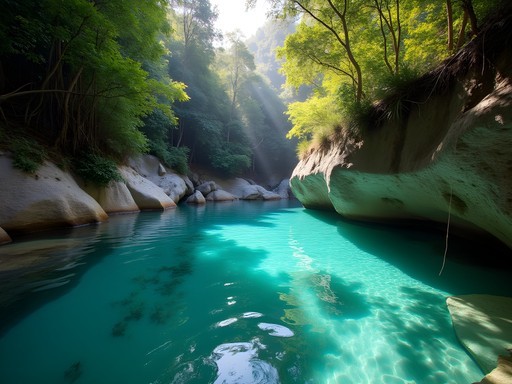

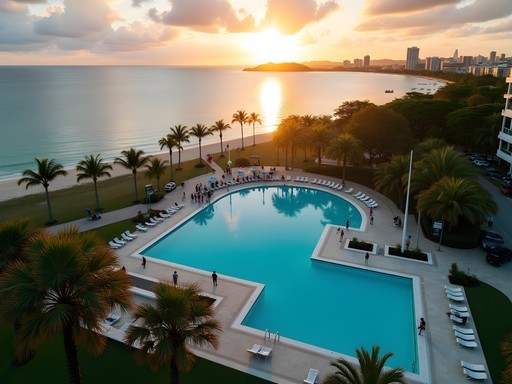





Comments
sunnywalker9305
Amazing photos! What underwater camera did you use?
redgal
Not the author, but I used a simple GoPro Hero 9 with a red filter for my reef photos. Makes a huge difference with underwater colors!
redgal
Great guide! I visited in January and wish I'd read this first. The section about inner vs outer reef is spot on - we did both and the outer reef was miles better. For anyone going during stinger season like we did, renting the full stinger suits is definitely worth it for peace of mind. Also, we found that the smaller boats (max 25 people) offered a much better experience than the larger operations, even though they cost a bit more. The marine biologists on our trip with Passions of Paradise were incredible and really enhanced the whole experience.
Sage Dixon
Alexander, this guide brings back so many memories! I did my advanced open water certification in Cairns last year, and you're spot on about the outer reef being worth the extra time and money. The diversity at Flynn and Milln Reefs blew me away. One thing I'd add - for those prone to seasickness, the longer journey to the outer reef can be challenging. I found that motion sickness bands made a huge difference for me. Also, the night diving option with Divers Den was one of the most magical experiences of my life - seeing the reef transform after dark is something I'll never forget!
sunnywalker9305
Night diving sounds scary but amazing! Did you see different marine life at night?
Sage Dixon
Totally different ecosystem! Parrotfish in their mucus cocoons, hunting lionfish, bioluminescence in some spots. It's like a completely different reef!
skylegend
This is perfect timing! Heading to Cairns next month for my first dive experience!
Sage Dixon
You're going to have an incredible time! Make sure to book your dive trips in advance - November is getting into the busy season.
skylegend
Thanks for the tip! Any specific tour operators you'd recommend for a first-timer?
Casey Andersson
Alexander, your post brought back amazing memories of my Cairns diving adventure last year! I splurged on a 3-day liveaboard with Coral Sea Dreaming and it was absolutely transformative. Waking up already at the reef and diving before other day boats arrived was magical - we had entire coral gardens to ourselves! One tip I'd add for luxury travelers: some operators offer private guides who can customize the experience and take you to less crowded spots. Worth every penny if you want those Instagram-worthy moments without photobombers! The night diving was an unexpected highlight - seeing the reef transform after dark is something I'll never forget. Already planning my return trip!
Alexander Cole
Casey, liveaboards are definitely the ultimate GBR experience! I haven't tried Coral Sea Dreaming yet but they're on my list for next time. And yes, night diving is magical - like visiting another planet entirely!
mountainchamp
Your underwater photos are incredible! What camera setup did you use?
Alexander Cole
Thanks! I used my underwater camera with the marine housing. It's pretty user-friendly even for photography beginners like me!
George Hayes
Alexander, this brings back memories! Took my family (including two teens) to Cairns last summer and followed advice similar to yours. The difference between our first day at the inner reef and our second two days at the outer reef was night and day. For families considering this trip - we found the liveaboard option surprisingly family-friendly. The kids got to do their first night dive which became the highlight of their summer. Pro tip for parents: book a boat with a marine biologist on board. Our kids were glued to every word during the evening presentations, and it transformed the experience from 'just swimming with fish' to a genuine educational adventure. The coral restoration project visit you mentioned was also a hit with our conservation-minded daughter.
Alexander Cole
Great point about the liveaboards being family-friendly, George! I think many parents don't consider them as an option, but they're often the most immersive way to experience the reef. Which company did you use for your trip?
George Hayes
We went with Pro Dive's 3-day liveaboard. Not the cheapest option, but the instructors were fantastic with the kids. Worth every penny for the 11 dives we got in!
roamking
How bad is the seasickness factor on those longer trips to the outer reef? I get queasy on boats but really want to see the best coral.
mountainchamp
Not OP but I took some dramamine before boarding and was totally fine! The views underwater are worth any temporary discomfort.
Alexander Cole
Great advice from mountainchamp! I'd add that most operators have seasickness tablets available onboard. Also, try to book on a larger catamaran if possible - they're more stable in choppy water.
travelbackpacker
Just got back from Cairns last week! Outer reef was definitely worth the extra time and money.
startime
Great post! I'm planning my first trip to the GBR next month. Which tour operator would you recommend for someone who's only done basic resort diving before? Willing to splurge a bit for a good experience.
Alexander Cole
Thanks for reading, startime! For beginners with a bit of budget, I'd highly recommend Divers Den or Tusa Dive. Both have excellent instructors who are patient with newer divers, and they visit some spectacular sites. Their smaller group sizes are worth the extra cost!
startime
Thanks so much! I'll look into both of those options.
Venture X
Premium card with 2X miles, $300 travel credit, Priority Pass